Trilobis 65 Floating Home with Underwater View
Giancarlo Zema Yachet is a floating house design concept.
Live an environmentally-friendly semi-submerged experience in style, elegance and exclusivity. Now it’s possible with the Trilobis 65 Yacht, the first eco-yacht with underwater view, motorized with electric engines powered by hydrogen fuel cells and photovoltaic panels, it’s also 80% recyclable. With this futuristic project designed by the architect Giancarlo Zema for the SemiSubGeneration firm, will forever change the naval eco-tourism sector. Until now the shipbuilding and hospitality industry has always proposed floating or submerged projects but the partially submerged dimension is still unexplored and in this they operates with a team of designers and technicians to offer the best solutions in the last frontier of extra-luxury tourism.
The Trilobis 65 is a 20 mt long eco-yacht for six people, ideal for bays, atolls and sea parks. The main aim of this project is to allow one and all to live in a fantastic, unusual environment in a self sufficient non-polluting habitat. It consists of four levels connected by a spiral staircase. The top level (where the controls are) is 3.5 metres above sea level. From here, thanks to sophisticated technology, the Trilobis can be piloted by a joystick that allows it to rotate 360° on its own axel.
The one at 1.4 metres above sea level is for the day-time area with all services and possibility to go outside. The one at 0.8 meters below sea level, semi-submerged, is for the night-time area. It has bathrooms and the engines room. At 3.0 metres below sea level, completely submerged, there is the underwater observation globe. In high resistant acrylic, it houses six seating places, connected with computers and special software which allows the inhabitants to personalize the outside lighting and in real time to get information on the sea-bed and the fish below.
The hull of the Trilobis is made of steel and the superstructure in aluminium which means it is 80% recyclable. This is very important from an environmental point of view. The glass windows are electrochemical, in other words they change their opacity thanks to a sophisticated electrochemical system. This can be done manually or automatically according to how light it is outside. The photovoltaic panels on the top catch and store the solar energy necessary for the instruments on the inside. The electric engines are driven by hydrogen fuel cells that only produce drinking water as waste material, through an electrochemical process. Obviously this makes it a non-polluting project. Thanks to the shape of Trilobis 65 it is possible to assemble more modular units in a ring thus creating floating colonies. The project was named Trilobis after Trilobiti little creatures that lived in the sea 500 million years ago.

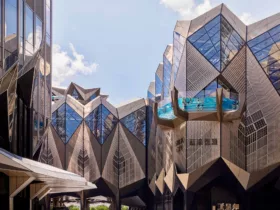





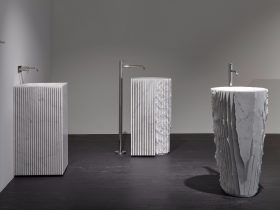








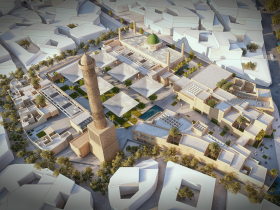


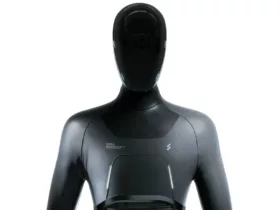

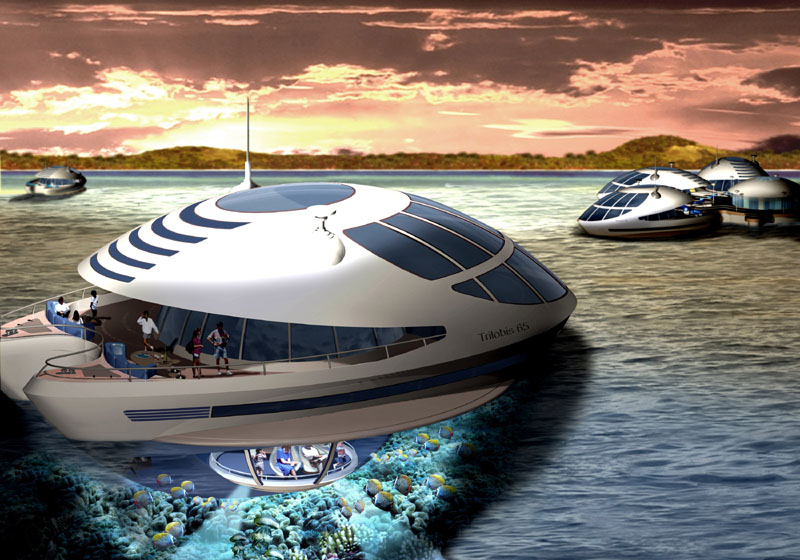

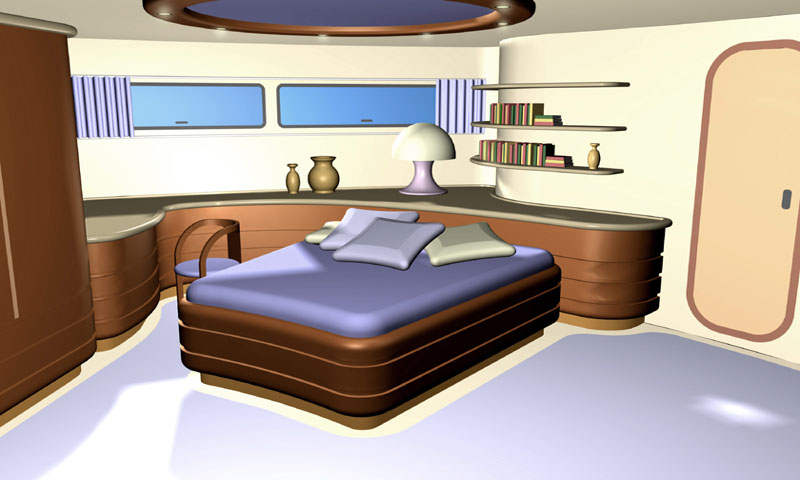




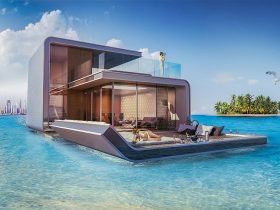
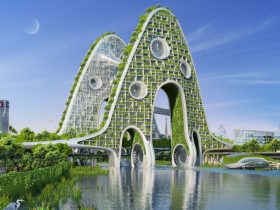
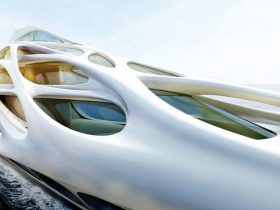
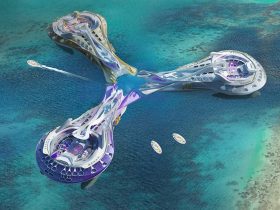
Leave a Reply